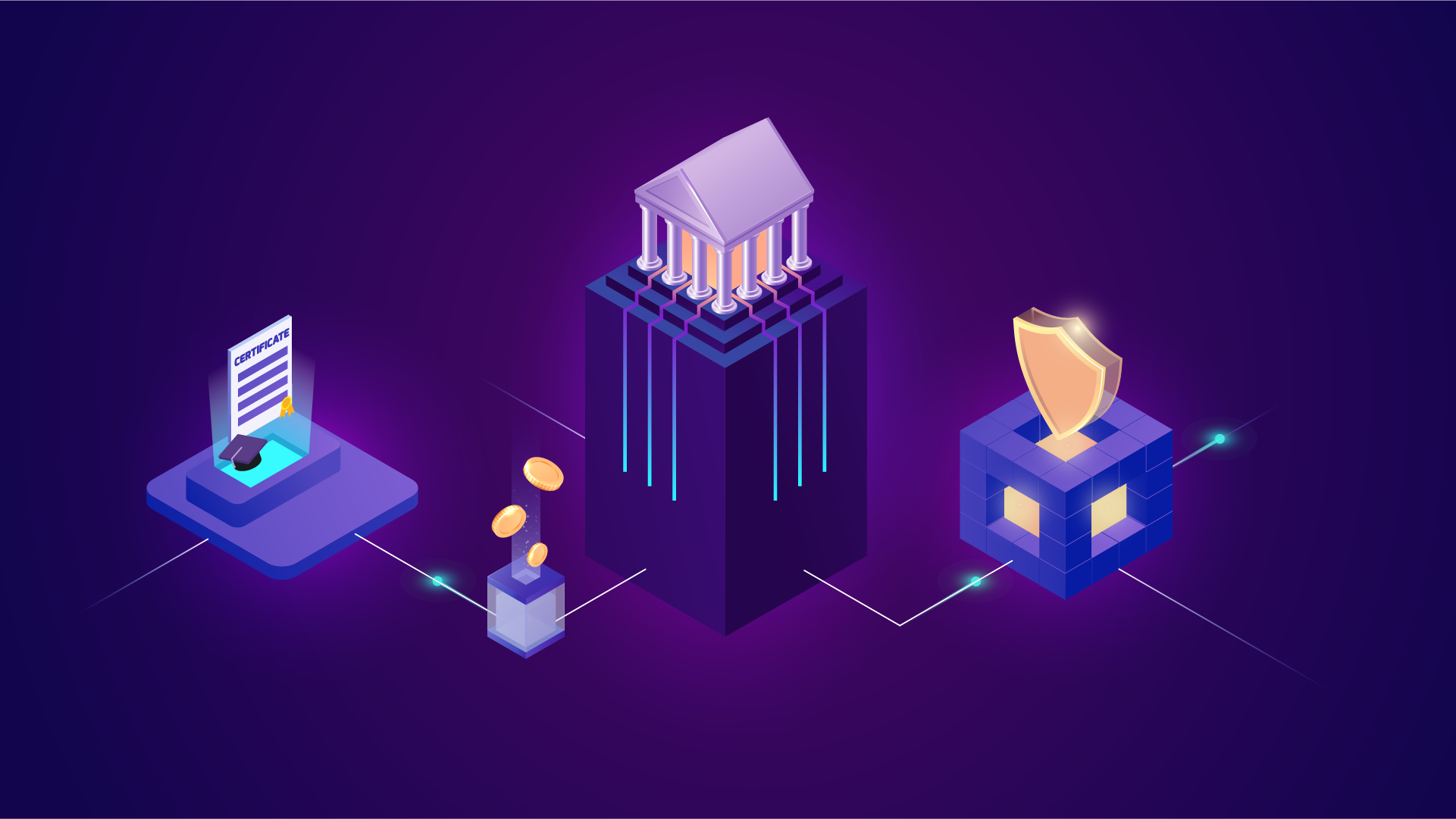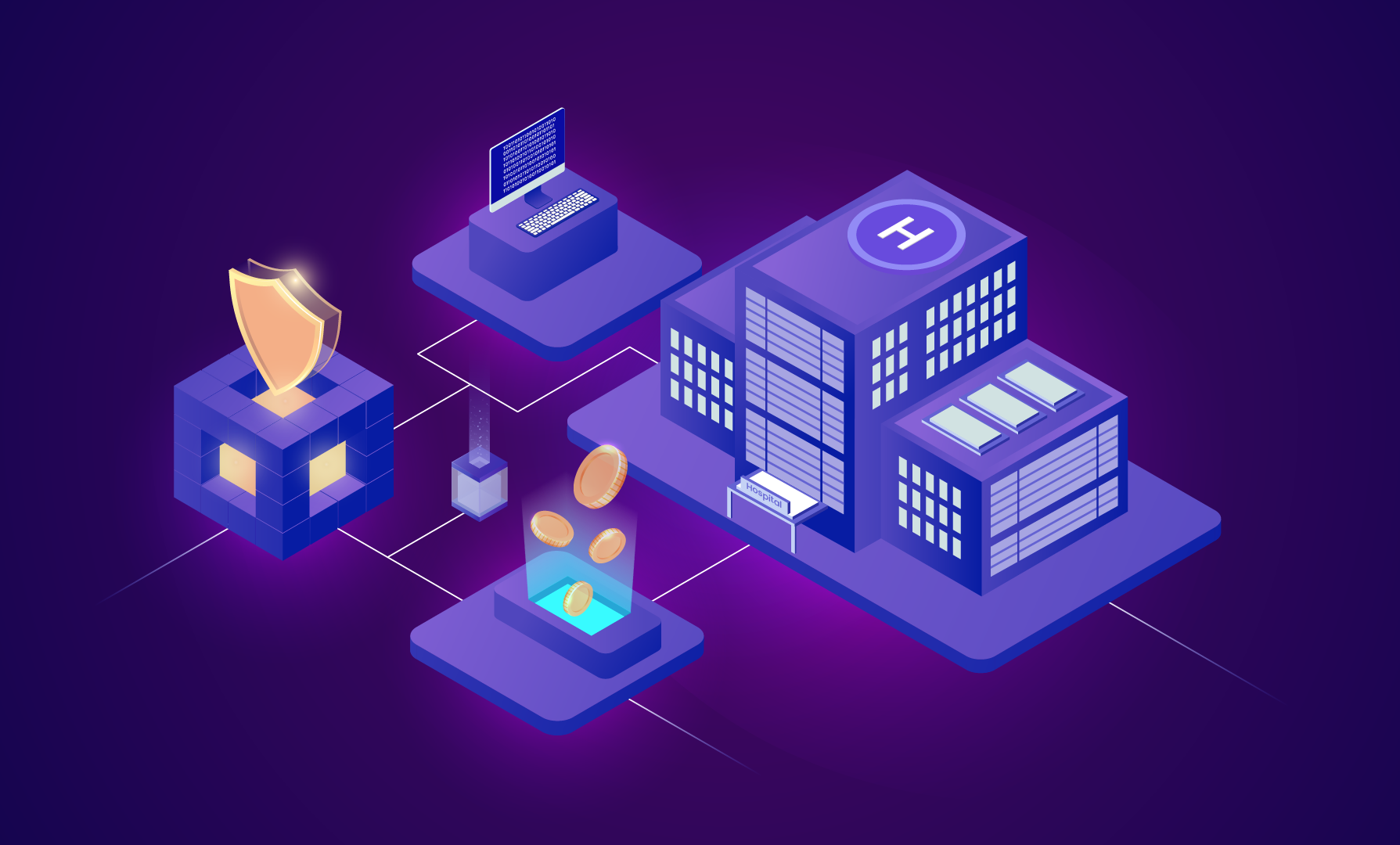It’s a fact: Tokenization has revolutionized online asset management and commerce. More and more people rely on it to conduct their daily business. And there’s no going back. But as the allure of tokenization grows, so do the risks. And with increased risks comes the need to safeguard valuable digital assets – like yours. Although tokenized assets are convenient and versatile, they’re also prey to cybersecurity threats such as hacking, theft, and fraud. Staying safe – and staying one step ahead of hackers – requires vigilance, best practices, and technical know-how. Read our article about Tokenization and Cybersecurity and see for details on what you can do to take control of your asset security.
Tokenization and Cybersecurity threats
Tokenization is the creation and transfer of digital ‘tokens’ representing real world assets (such as financial, intellectual, or physical property) on a distributed leger called a blockchain that records transactions and ensures their validity and immutability. Faster and cheaper transactions, increased liquidity, and improved transparency are among the benefits of tokenization. But with these benefits comes the risk of cyberattacks, which can compromise your digital assets. Some common threats include:
- Private key theft: A private key is a secret code enabling token owners to access and control their tokens. Should a hacker obtain your private key they can steal or otherwise manipulate your tokens (e.g., transferring them to another address, or altering their attributes or metadata). Protecting your private key from unauthorized access, by using encryption, password protection, and secure storage methods, is crucial.
- Smart contract vulnerabilities: A smart contract is a self-executing program that defines the rules and logic of a tokenized asset. (For example, a smart contract could specify the ownership, transferability, and dividend rights of a tokenized security.) Hackers are skilled at exploiting the bugs, errors, or loopholes sometimes found in smart contracts, allowing them to bypass security mechanisms and create or destroy tokens, among other malicious actions. Therefore, it’s essential to test and audit your smart contracts before deploying them on a blockchain, and to implement security measures such as timeouts, limits, and escrows.
- Network attacks: A network attack is an attempt to disrupt or damage the blockchain network that supports a tokenized asset. Hackers may attempt a “denial-of-service attack”, which floods the network with fake or malicious requests, preventing legitimate transactions from being processed. Alternately, a hacker could attempt a “51% attack”, which involves gaining control of more than half of the network’s computing power, thus allowing him or her to manipulate or reverse transactions. Therefore, it is vital to bolster your network security and resilience via stringent encryption, authentication, and consensus protocols.
Tokenization and Cybersecurity essentials
The multiplicity and ever-evolving nature of cybersecurity threats can seem overwhelming. But the good news is that you can greatly minimize your risk, and help keep your assets safe, by following these simple tips:
- Use only secure wallets: A wallet is a software or hardware device that stores token holders’ private keys. A hardware wallet is a physical device that connects to a computer or smartphone. A software wallet is an application that runs on a device or browser. A good wallet should feature encryption, password protection, backup, and recovery options. Hardware wallets can protect private keys from malware, phishing, or hacking that may target the device or network, and thus are considered more secure than software wallets.
- Audit your smart contracts: A smart contract audit is the process of reviewing and testing a smart contract’s code and functionality to identify and fix any vulnerabilities, errors, or loopholes it may contain. Audits can be performed by experts, internal or external, using various manual or automated methods. By auditing your smart contracts, you can help ensure the security, reliability, and efficiency of your tokens and, crucially, prevent costly losses or disputes.
- Best practices only: With so much at stake, your cybersecurity is nothing to gamble with. To keep your tokenized assets safe and accessible, always adhere to the following best practices:
- Keep your private keys and passwords safe and confidential. Don’t share them with anyone.
- Use multiple-factor authentication and biometric verification for accessing your wallet or the platform it’s hosted on.
- Update your wallet and the platform software regularly to be sure that you’re getting the latest security patches and features.
- Avoid using public or unsecured networks or devices to access or transfer your tokenized assets.
- Monitor your tokenized assets’ transactions and balances closely – and report any suspicious or unauthorized activity immediately.
- Check for any security certification for the service provider or cryptocurrency system (like e.g. ISO27001 or Cryptocurrency Security Standard)
A shared responsibility
Tokenization has unlocked vast new horizons for asset owners and investors. Yet, the significant cybersecurity threats on the blockchain are a concern to everyone in this space. You’ve worked too hard to acquire and manage your assets. So be sure to keep them safe from hacking, theft, or fraud by adopting the above security measures and best practices. By doing so, you’ll not only help safeguard your assets, but you’ll also help ensure tokenization becomes a secure and viable means of asset management and investment for everyone.
Interested in Tokenization and Cybersecurity and want to learn more about protecting your assets? Cryptix Tokenization and Cryptix Security are here to support you all the way. Check our website for more information or book a call with us to identify your project’s requirements – and how we can help you reach your project’s full potential: https://tokenlaunchpad.eu.
Further reading:
Tokenization: A digital-asset déjà vu | McKinsey
Digital Assets – Tokenisation – Blockchain & Tokens – KPMG Ireland
12 crypto experts’ tips for companies working with tokenized assets (cointelegraph.com)
Guide: How to Tokenize Your Assets – News & Insights – First Digital (1stdigital.com)



